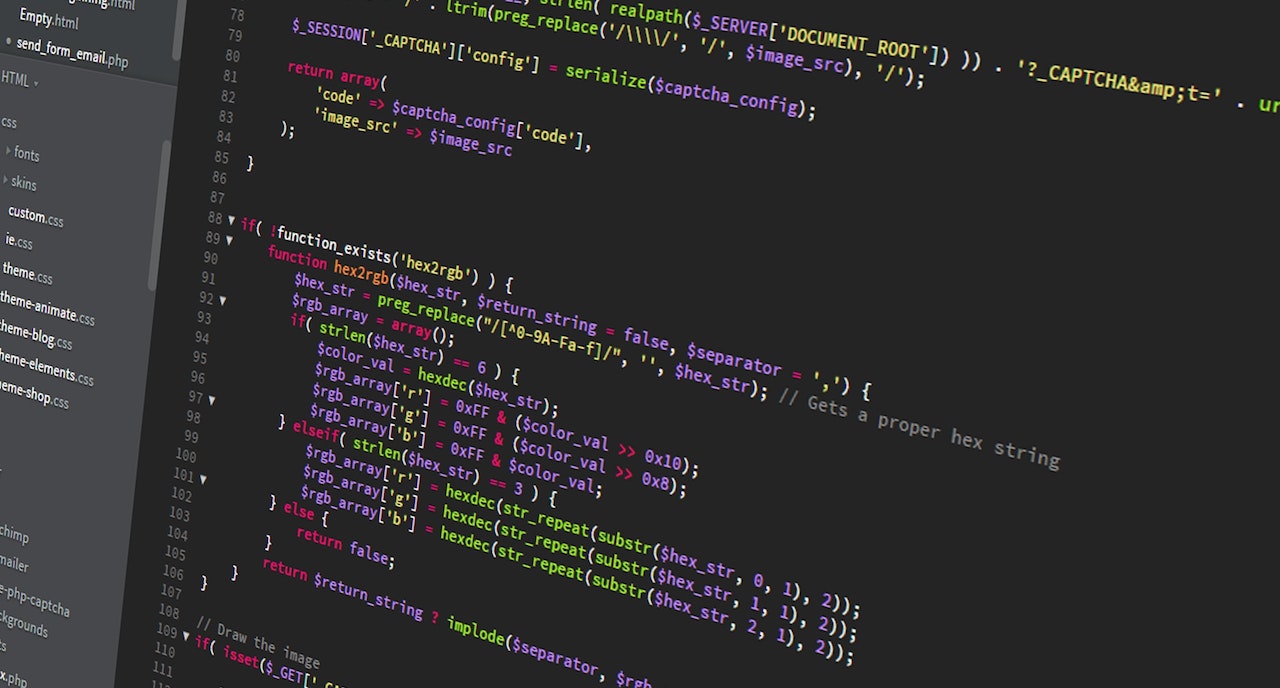News portal is an online resource that specializes in gathering and giving out information and news. It is a large, multi-level site that contains tools for interacting with users and searching for publications, newsletters, chat rooms and much more.
On a news portal, visitors can learn about the latest news in the world or a specific area, discuss it and find out the opinion of an expert in the field.
The most common examples of such resources are news or city Internet portals. They publish the latest news, a poster of events in the city, weather forecasts.
Most often these are sites that contain a large amount of constantly updated information. Navigation on the portal should be convenient for users – such resources tend to have a very complex hierarchical structure that includes a huge number of sections and subsections. For ease of navigation, the internal search is used, which allows you to find the desired publication by keyword or date.
Information portals are created both to popularize the topic and attract interested users around the resource, and to inform a specific group of people (as in the case of the regional news portal). In addition, the infoportal is a way to attract profits from arbitrage of traffic flows, publication of advertising or paid materials.
Portals are divided into several types:
- Broad-regional – these include resources that publish news of the country or the world.
- Narrowly thematic. These projects are focused on one topic. This can be art, construction, music, pets.
- Broad topics, where you can find materials for a wide range of readers – international news, useful articles, entertainment materials, etc. In addition to news, you can find a selection of articles about the cottage, health, columns by invited experts, etc.
The division into types is mainly based on the type of audience for which the content of the Internet portal is designed. Therefore, when developing an information resource, you need to define a portrait of its potential reader. Regional portals will have an audience that includes Internet users of both sexes, who live in a particular region.
On the other hand, the portal, which publishes content about cars – from reviews of new products to the latest news about the car market – will be interested in motorists and people working in the field of car industry. Therefore, in the initial stages of development it is important to pay attention to creating a portrait of the target audience and reflect this not only in the content, but also in its design and site structure.
The structure of the information portal
A well-thought-out portal structure allows you not only to keep the target audience, but also to improve the indexing of pages. In addition, a well-designed site structure improves information retrieval within the resource, and hence the behavioral factors.
The structure of an Internet portal – a scheme of the location of sections, subsections and other elements in relation to each other. It allows you to reflect not only the construction of a resource, but also the connection of its components.
Let’s talk about the internal structure of the web portal.
There are several types of structure:
- Linear. All pages link to the main page and to each other. This type is suitable for presentation resources and sites whose purpose – to familiarize users with all available content. Suitable for those who do not care about traffic from search engines, as for the promotion of such resources suitable only for the home page. There is another option for the linear structure of the site – with branches.
- Block. Each page of such a resource refers to several other equivalent pages. Entries are linked and at the same time refer to the main page.
- Tree. The universal structure of the site, in which each category has its own branch, and for each subcategory – the branches. Records are combined into sections and subsections.
When creating an information portal, a tree-like structure is usually preferred.
The structure of the information site can be quite complex. Often it assumes a simple, clear placement of material on 4-5 levels of nesting – the distance of a particular page from the main page. The number of pages of the infoportal is not limited and can increase as content is added. Another characteristic feature – the amount of information, the materials should be detailed and expanded, so as to fully disclose the issue.
A large amount of information requires a multi-level menu and wide search options for articles. In addition to menus with headings and tags, you often use internal search, which searches for the desired article not only by words in the title or tags, but also in the text of the material. The more internal search filters, the more convenient it will be to work with the server. Also, simplify navigation on the site helps different levels of linking within the materials.




